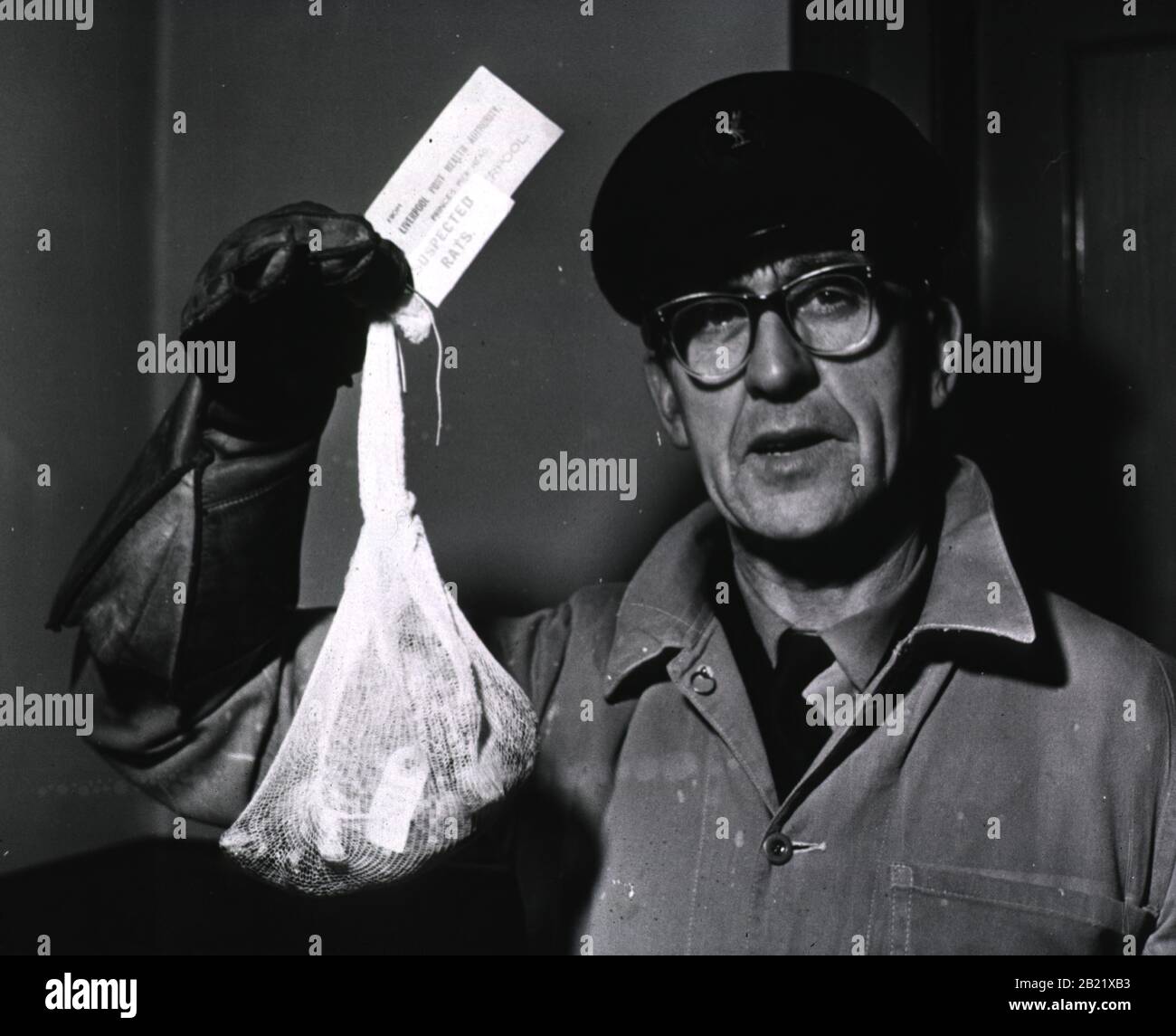The San Francisco plague of 1900–1904 was an epidemic of bubonic plague centered on San Francisco's Chinatown. It was the first plague epidemic in the continental United States. The epidemic was recognized by medical authorities in March 1900, but its existence was denied for more than two years by California's Governor Henry Gage. His denial was based on business reasons, to protect the reputations of San Francisco and California and to prevent the loss of revenue due to quarantine. The failure to act quickly may have allowed the disease to establish itself among local animal populations.

Image details
Contributor:
American Photo Archive / Alamy Stock PhotoImage ID:
2B21XB3File size:
74.9 MB (1.7 MB Compressed download)Releases:
Model - no | Property - noDo I need a release?Dimensions:
5676 x 4610 px | 48.1 x 39 cm | 18.9 x 15.4 inches | 300dpiDate taken:
1906Location:
San Francisco, CaliforniaMore information:
This image is a public domain image, which means either that copyright has expired in the image or the copyright holder has waived their copyright. Alamy charges you a fee for access to the high resolution copy of the image.
This image could have imperfections as it’s either historical or reportage.
The San Francisco plague of 1900–1904 was an epidemic of bubonic plague centered on San Francisco's Chinatown. It was the first plague epidemic in the continental United States. The epidemic was recognized by medical authorities in March 1900, but its existence was denied for more than two years by California's Governor Henry Gage. His denial was based on business reasons, to protect the reputations of San Francisco and California and to prevent the loss of revenue due to quarantine. The failure to act quickly may have allowed the disease to establish itself among local animal populations.Federal authorities worked to prove that there was a major health problem, and they isolated the affected area; this undermined the credibility of Gage, and he lost the governorship in the 1902 elections. The new Governor George Pardee implemented a medical solution and the epidemic was stopped in 1904. There were 121 cases identified, including 119 deaths. Much of urban San Francisco was destroyed by fire in the 1906 San Francisco earthquake, including all of the Chinatown district. The process of rebuilding began immediately but took several years. While reconstruction was in full swing, a second plague epidemic hit San Francisco in May and August 1907 but it was not centered in Chinatown. Cases occurred randomly throughout the city, including cases identified across the bay in Oakland. San Francisco's politicians and press reacted very differently this time, wanting the problem to be solved speedily.Health authorities worked quickly to assess and eradicate the disease.[6] Approximately $2 million was spent between 1907 and 1911 to kill as many rats as possible in the city in order to control one of the disease's vectors. In June 1908, 160 more cases had been identified, including 78 deaths, a much lower mortality rate than 1900–1904. All of the infected people were European, and the California ground squirrel was identified as another vector.